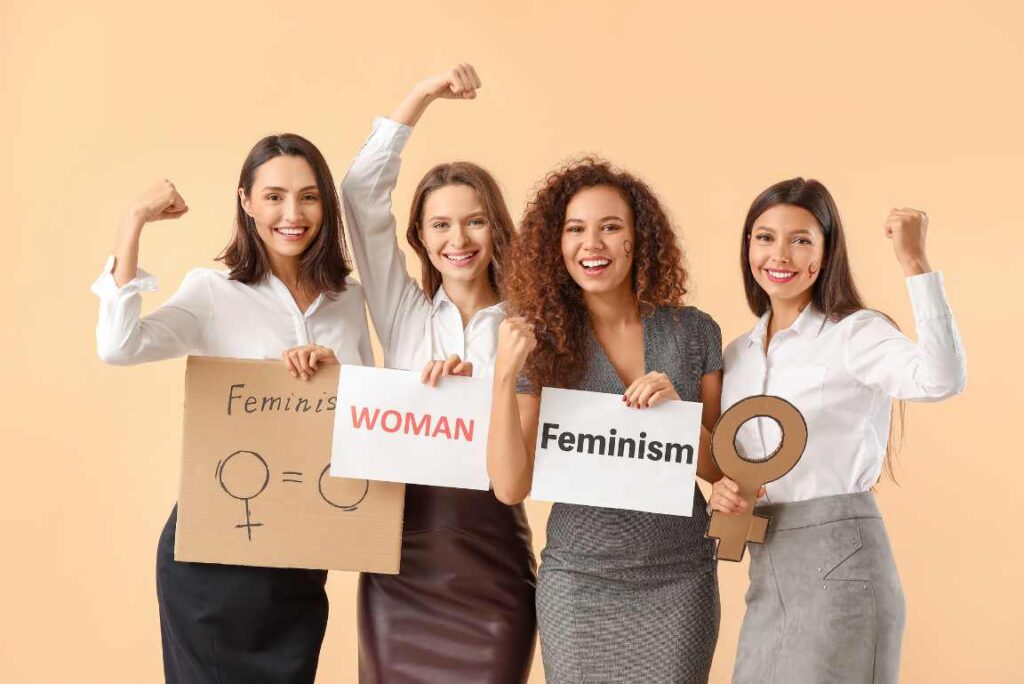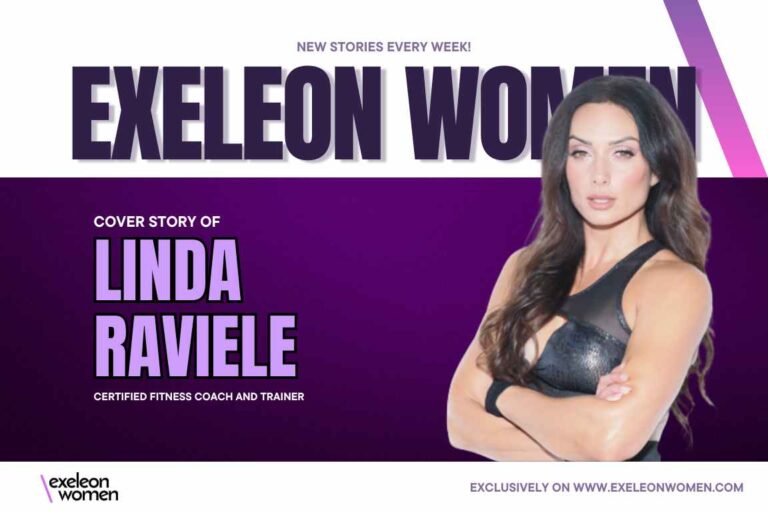Reclaiming a Word Lost in Noise, From Revolution to Empowerment to the Age of Pseudo-Feminism
Feminism is a word with weight, history, and purpose. Yet in 2025, it has become distorted, misused, and, to some, meaningless. Ask a woman today what feminism means, and the answer might inspire, confuse, or infuriate. The truth? Feminism is not broken, but it has been hijacked. It is time to reclaim its roots, its power, and its relevance.
The Origins: Revolution, Not Rhetoric
Feminism was born from resistance. The word itself stems from the Latin “femina,” meaning woman, but its political context emerged in the late 19th century, as women fought for suffrage and basic human rights.
- First-wave feminism (late 1800s to early 1900s): Focused on legal inequalities, especially the right to vote. Think Susan B. Anthony, Elizabeth Cady Stanton, and Emmeline Pankhurst. These pioneers didn’t have hashtags or platforms; they had courage, prison sentences, and relentless determination.
- Second-wave feminism (1960s-1980s): Broadened the fight to workplace rights, reproductive freedom, and legal protections. Icons like Gloria Steinem, Betty Friedan, and Audre Lorde took the stage. The battle was for equal pay, access to contraception, and the right to not be defined by domesticity alone.
- Third-wave feminism (1990s-2000s): Highlighted individuality, intersectionality, and cultural representation. It recognized the diversity of women’s experiences across race, class, and sexual orientation.
- Fourth-wave feminism (2010s-present): Powered by social media, it fights against sexual harassment, body shaming, and gender-based violence. Movements like #MeToo, #TimesUp, and #HeForShe galvanized millions worldwide.
From the streets of Seneca Falls to the digital arenas of Twitter and Instagram, feminism evolved with every social revolution. But along the way, its message was not always protected.
Pseudo-Feminism: The Noise That Muddies the Message
Today, feminism has fractured. What once demanded societal overhaul is now diluted by pseudo-feminism: the co-opting of feminist language for personal or political gain.
- The word “feminist” is now stamped on T-shirts, cosmetics, and Instagram bios, often devoid of any commitment to the cause.
- Social media influencers use the term to signal virtue, while perpetuating the very beauty standards and consumerist culture feminism once challenged.
- “Girlboss” feminism often equates success with capitalist achievement, ignoring systemic barriers that hinder many women from achieving that ideal.
This performative feminism turns a radical movement into a marketing gimmick. It celebrates empowerment while avoiding real action. It elevates slogans over substance.
Feminism in Action: The Quiet Revolution of Real Change
Despite the noise, feminism remains a powerful force. Women around the world have redefined leadership, entrepreneurship, and innovation. Feminism in its truest form has enabled this progress.
- Global data shows women now own 1 in 3 businesses worldwide (World Bank, 2023).
- In politics, women lead 29 countries as heads of state or government (UN Women, 2024).
- Education gaps have narrowed dramatically. In many regions, girls outperform boys academically, a reversal of historical norms.
- In STEM fields, long dominated by men, women’s representation is rising. Women now earn 38% of all STEM degrees globally (UNESCO, 2023).
These achievements stem from feminism’s core mission: creating a world where women can choose their paths freely, without structural barriers or social stigma.
The Backlash: Misuse, Misunderstanding, and Mistrust
The misuse of feminism has led to backlash and skepticism, even among women.
- A 2018 YouGov poll found that only 34% of American women identified as feminists, even though 81% believed in gender equality. Why? Because feminism is often portrayed as extreme or exclusionary.
- Pop culture and media have at times reduced feminism to man-hating caricatures, ignoring its true advocacy for equity.
- The rise of “choice feminism” — the idea that any choice a woman makes is feminist if she chooses it — has led to contradictions. Can buying into patriarchal beauty standards or opting out of career ambitions still be feminist? The debate rages on.
Feminism has always welcomed debate, but pseudo-feminism demands conformity to a shallow version of empowerment. This has led many to question whether the movement still has meaning or direction.
Intersectionality: The Complicated Truth
True feminism acknowledges that gender is not the only axis of oppression. Kimberlé Crenshaw coined the term intersectionality to highlight how race, class, sexuality, and other identities shape women’s experiences.
- Black women face both racism and sexism in unique ways. For example, Black women in the U.S. are paid 64 cents for every dollar paid to white men (National Women’s Law Center, 2024).
- Trans women face high rates of violence and discrimination. In 2023 alone, over 350 trans women were murdered worldwide (Transgender Europe).
A robust feminism must address these realities. The problem? Mainstream pseudo-feminism often ignores them, favoring a sanitized, commercial-friendly message.
Feminist Icons: The Women Who Define the Word
True feminism is embodied in action, not in slogans. Consider:
- Malala Yousafzai, who risked her life for girls’ education in Pakistan.
- Greta Thunberg, challenging global leaders on climate change while facing gendered scrutiny.
- Tarana Burke, founder of the #MeToo movement, long before it went viral.
- Rihanna, who used her platform and business empire to promote inclusivity and empowerment.
These women are not seeking dominance or attention; they are challenging systems, inspiring change, and amplifying voices.
Where Feminism Stands Today: Progress and Peril
We are living in an era of paradox.
- Women have more legal rights, political power, and economic opportunities than ever before.
- Yet gender-based violence, wage gaps, and underrepresentation in leadership remain persistent.
- The World Economic Forum’s Global Gender Gap Report 2024 estimates it will take 131 years to achieve global gender parity.
Feminism remains urgently needed. But it must be protected from dilution. It must be about collective liberation, not individual branding.
The Fight Ahead: From Misuse to Meaning
Feminism is not a monolith. It is a living, evolving movement, but that does not mean it must be formless. It must resist being used as a badge without belief, a word without weight.
Feminism means freedom of choice, the right to equality, and the power to challenge injustice. It is not a tool for superiority or a mask for victimhood. It is a commitment to a better world for all—women and men.
Conclusion: Reclaiming Feminism
When a woman says she is a feminist, she should be echoing a century of struggle, a legacy of courage, and a vision of equity. She should not be reciting marketing lines or social media trends.
The word “feminism” is not dead, but it is under siege by misuse. To honor its meaning, we must reject pseudo-feminism and return to its core values: justice, empowerment, dignity, and choice.
Feminism, at its best, is not a weapon or a joke. It is a promise, a path, and a revolution still in motion.
Sources:
- World Bank: https://www.worldbank.org/en/topic/gender
- UN Women (2024): https://www.unwomen.org/
- National Center for Education Statistics: https://nces.ed.gov/
- UNESCO STEM Gender Report (2023): https://unesdoc.unesco.org/
- National Women’s Law Center (2024): https://nwlc.org/
- Transgender Europe (2023): https://transrespect.org/en/
Written by Natasha Green, Senior Admin at Exeleon Media LLC.










